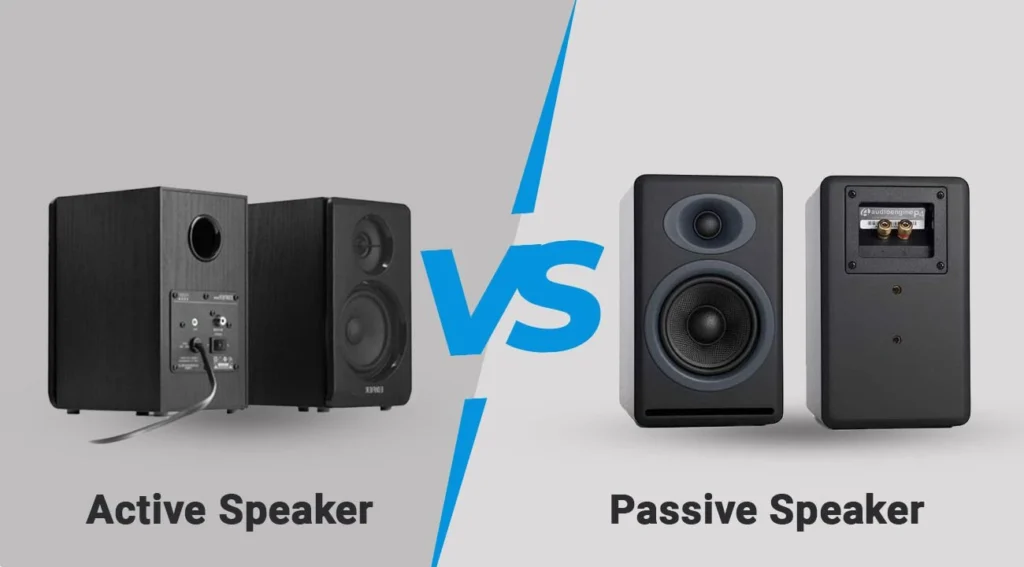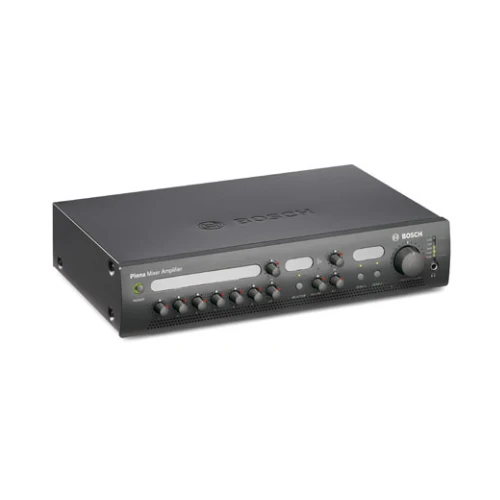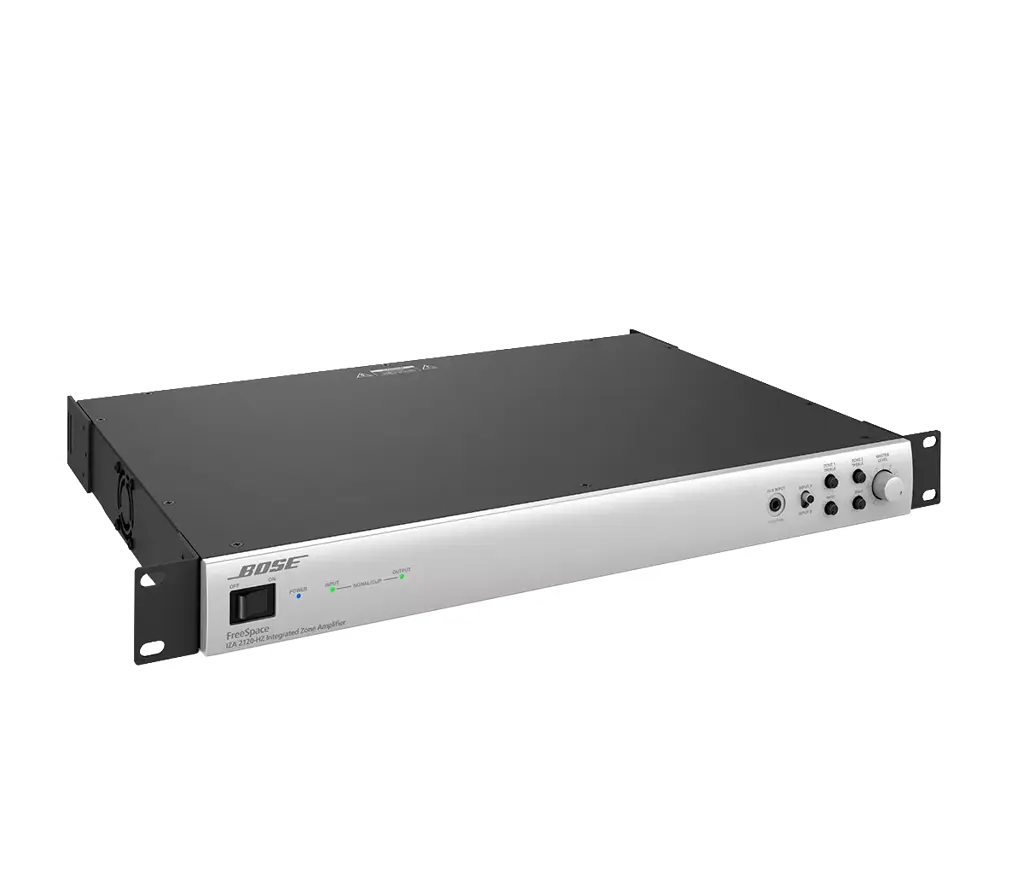
When setting up a sound system, choosing between active and passive speakers is a fundamental decision. Understanding their differences is crucial for achieving the desired audio experience.
Active Speakers
Active speakers, also referred to as powered speakers, come equipped with built-in amplifiers, which means they operate without the need for an external amplifier. The amplifier is typically matched to the speaker’s components, ensuring optimal performance. Here are several key features and benefits:
- Built-in Amplification: Active speakers have an integrated amplifier, simplifying setup and reducing the need for additional equipment.
- Sound Quality: With an amplifier perfectly matched to the speaker, active speakers can deliver superior sound quality with less distortion.
- Convenience: They are easier to set up and more portable, making them ideal for mobile DJs, small venues, and personal use.
- Control: Many active speakers come with built-in equalizers and other sound processing tools, allowing for more precise sound customization.
Example Products:

- This speaker features an 8W built-in amplifier and a 6.5” paper cone driver unit. It’s ideal for areas like bathrooms, saunas, and small offices due to its high sensitivity and easy installation.
2. DSP6606B 2x30W Active Stereo Wall Mount Speaker:

- With a 2x30W built-in Class D digital amplifier, this speaker is perfect for various indoor settings. It features Treble and Bass EQ adjustments and a Master Volume control, ensuring excellent musical and vocal reproduction.
Passive Speakers
Passive speakers, in contrast, do not incorporate built-in amplifiers. They require an external amplifier to function. The absence of internal amplification makes them lighter and often less expensive, but they require more components to operate. Key characteristics include:
- External Amplification: Passive speakers need an external amplifier, offering flexibility in system design and the ability to upgrade individual components.
- Customizability: They allow users to choose amplifiers based on their specific needs and preferences, potentially leading to better sound customization.
- Scalability: Passive systems are often easier to scale, as additional speakers can be added without the need for additional power sources.
Example Products:

- This mixer amplifier is designed to support passive speakers. It features four zones, 240W output, three microphone inputs with priority switching, and three music source inputs. It is ideal for larger setups where multiple speakers and zones are needed.
2. FreeSpace IZA 2120-HZ Integrated Zone Amplifier:

- This Bose amplifier supports passive speakers and is optimized for background/foreground music and paging applications. It features selectable Loudspeaker EQ, Opti-Voice paging, and dynamic EQ for balanced audio.
Choosing Between Active and Passive Speakers
Considerations for Active Speakers:
- Portability: Ideal for mobile setups where quick and easy setup is essential.
- Simplicity: Fewer components mean less hassle, making them suitable for non-technical users.
- Integrated Features: Built-in amplifiers and sound processing tools can enhance convenience and performance.
Considerations for Passive Speakers:
- Flexibility: Better suited for complex or large-scale installations where customization and scalability are key.
- Component Upgrades: Easier to upgrade individual components like amplifiers or speakers without overhauling the entire system.
- Cost Efficiency: Potentially lower initial cost for the speakers themselves, though this can be offset by the need for external amplifiers.
Conclusion
Both active and passive speakers have their unique advantages. The choice between them depends largely on the specific needs of your audio setup. For those seeking simplicity and portability, active speakers like the DSP2802 and DSP6606B are excellent choices. Meanwhile, for more extensive and customizable sound systems, passive speaker setups supported by amplifiers like the Mixer Amplifier, 4-Zone, 240W or the FreeSpace IZA 2120-HZ offer greater flexibility and scalability. Understanding your requirements and the characteristics of each type of speaker will guide you to the best choice for your sound system needs.
